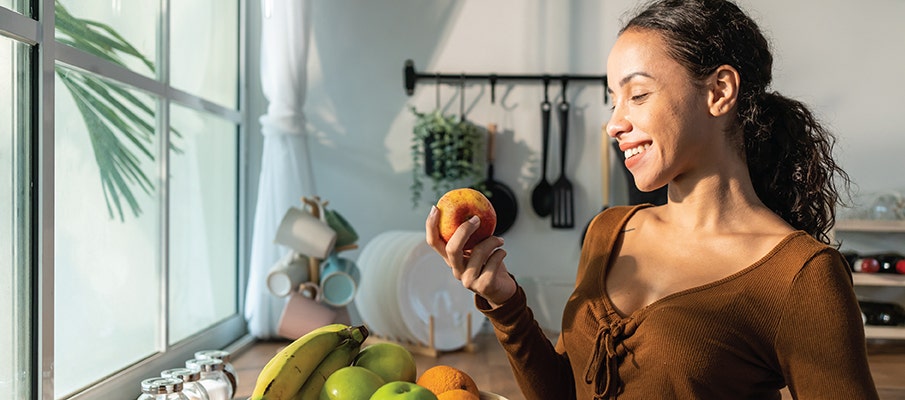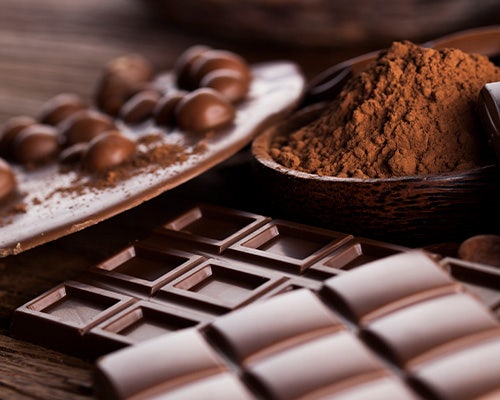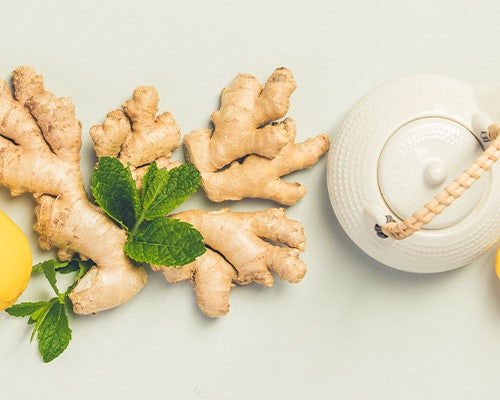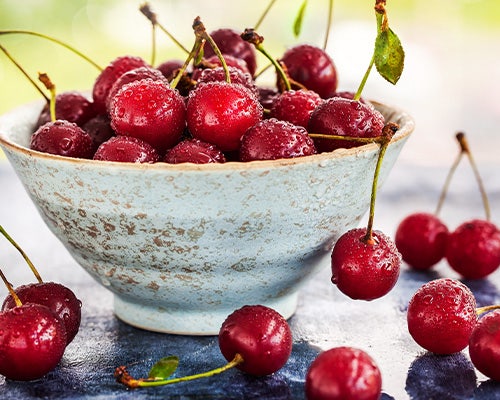What is Quercetin? A Plant Antioxidant for Better Health
- 11/30/23


Quercetin, an antioxidant you may have never heard of, is likely the reason for the old saying “An apple a day keeps the doctor away”. This is because not only is it found abundantly in apples, but quercetin is a powerful antioxidant that may help keep us healthy.
What are some of the benefits of quercetin and where can you find it in your diet? Let’s explore these questions so that you can reap its benefits.
What is Quercetin?
Quercetin is a flavonoid, a type of plant-based antioxidant. It is also a pigment found in fruits, vegetables, wine, tea, and grains.
As an antioxidant, quercetin helps protect your cells from substances called free radicals, which cause oxidative stress. When oxidative stress is left unchecked, this can have negative effects on health. But quercetin and other antioxidants can help..
Quercetin has also been evaluated for a variety of other potential health benefits. For example, it may help support blood pressure and blood sugar levels already within the normal range. A review of 11 studies found that quercetin may help increase exercise endurance and performance. It may also play a role in a healthy immune system.
While the research on the possible health benefits of quercetin is relatively new, it is promising as a beneficial addition to your diet.
Foods High in Quercetin
Fruits and vegetables are the best sources of quercetin, although some contain more of this flavonoid than others. The fruits and veggies highest in quercetin include:
Apples
While all apples contain quercetin, Gala, Red Delicious, and Yellow Delicious are the varieties of apples with the highest concentration of this antioxidant.
Red grapes
The dark color of red grapes is an indication that they are high in quercetin and other antioxidants. Red wine, made from these grapes, is also a source of quercetin.
Kale
Kale and other green leafy vegetables are a great source of quercetin and many other antioxidants vital to good health.
Berries
Similar to red grapes, the deep blue, red, or purple color of berries is an indication that they are a source of quercetin and other antioxidants, such as anthocyanins.
Green tea
Green tea is a source of many flavonoids and polyphenols including quercetin and EGCG. Together all of the antioxidants found in this powerful drink are the reason for its incredible health benefits.
Capers
Capers are one of the most dense sources of quercetin. These little green flower buds have 520 mg of quercetin per 100 grams. Try using capers in seafood dishes or salads.
Red onions
Of all the varieties of onions, red onions are the most concentrated source of quercetin. But to maximize the amount of quercetin you are getting from the onions, eat them raw, as cooking can reduce the amount.
How to Get More Quercetin
The simplest way to get more quercetin is to eat more fruits and vegetables. It is typically highest in the peels and skins of plants, so to get the most, avoid peeling apples or other fruits with edible peels (just wash them well instead). Be aware that the quercetin amount can vary based on how the food was produced and the preparation method.
Quercetin is also available in supplement form. Recommended dosages are typically between 500-1000mg per day.
Our Garden of Life Quercetin products are formulated for your individual needs and health concerns. For example, Quercetin Immune† contains other ingredients such as vitamin C and zinc, to support a healthy immune system. Quercetin Recovery† is designed to support muscle recovery and promote a healthy inflammatory response with the addition of turmeric and green tea leaf extract.
When it comes to quercetin, focus on getting it from fruits and veggies first. These foods not only are sources of quercetin, but they are also the best source of many other vitamins, minerals, and antioxidants.
References:
-
Anand David, A. V., Arulmoli, R., & Parasuraman, S. (2016). Overviews of Biological Importance of Quercetin: A Bioactive Flavonoid. Pharmacognosy Reviews, 10(20), 84–89.
-
Serban, M.-C., Sahebkar, A., Zanchetti, A., Mikhailidis, et al. (2016). Effects of Quercetin on Blood Pressure: A Systematic Review and Meta-Analysis of Randomized Controlled Trials. Journal of the American Heart Association, 5(7). https://doi.org/10.1161/JAHA.115.002713
-
Shi, G.-J., Li, Y., Cao, Q.-H., Wu, H.-X., Tang, X.-Y., Gao, X.-H., Yu, J.-Q., Chen, Z., & Yang, Y. (2019). In vitro and in vivo evidence that quercetin protects against diabetes and its complications: A systematic review of the literature. Biomedicine & Pharmacotherapy = Biomedecine & Pharmacotherapie, 109, 1085–1099.
-
Kressler, J., Millard-Stafford, M., & Warren, G. L. (2011). Quercetin and endurance exercise capacity: a systematic review and meta-analysis. Medicine and Science in Sports and Exercise, 43(12), 2396–2404.
-
Boyer, J., & Liu, R. H. (2004). Apple phytochemicals and their health benefits. Nutrition Journal, 3, 5.
-
Redford, K.E., & Abbott, G. W. (2020). The ubiquitous flavonoid quercetin is an atypical KCNQ potassium channel activator. Communications Biology, 3 (1), 356.





